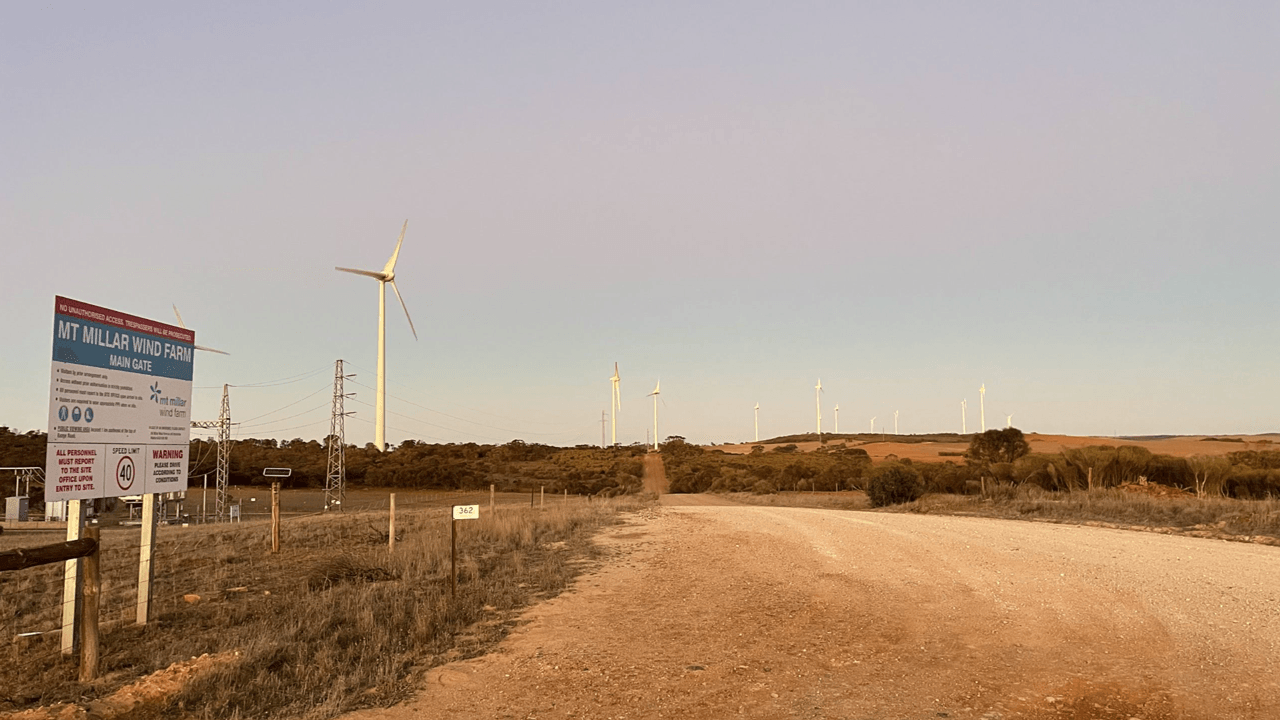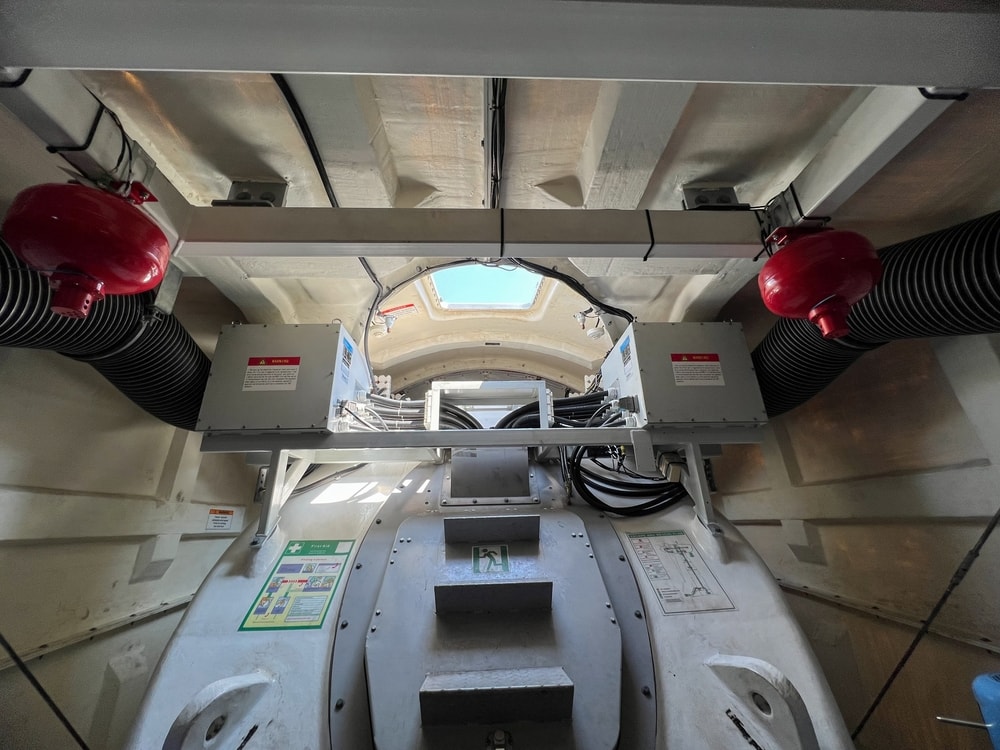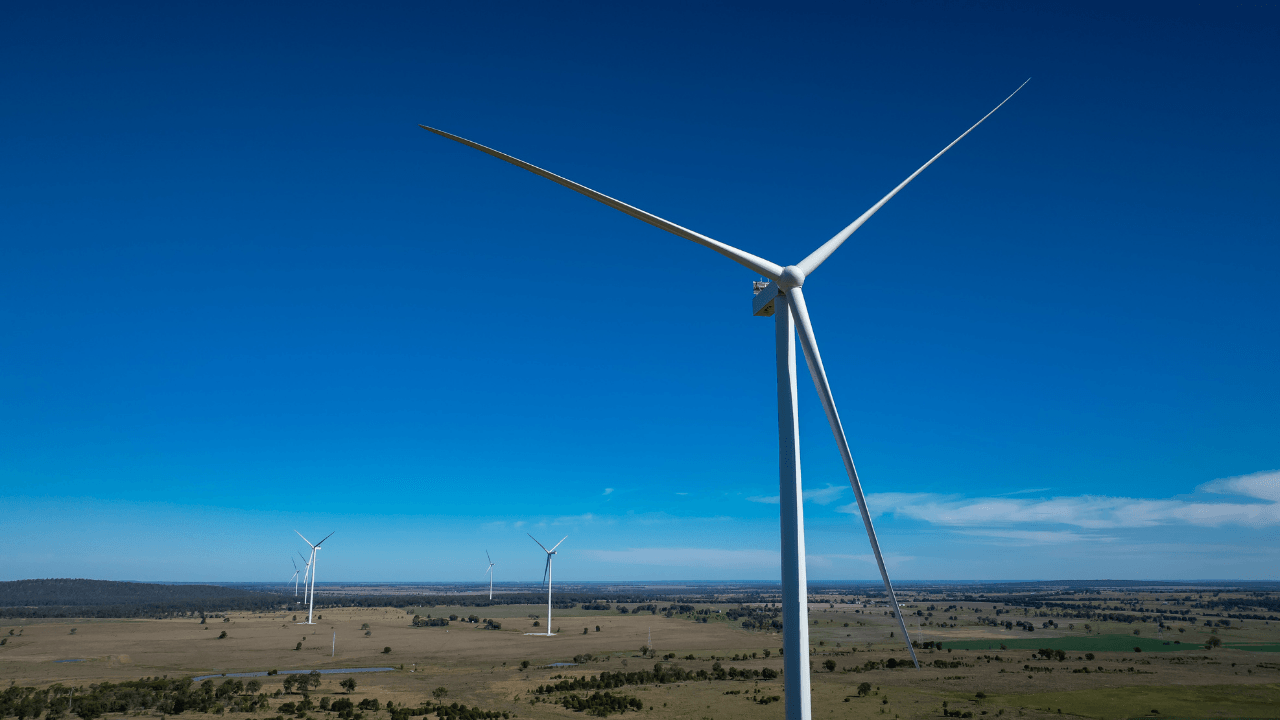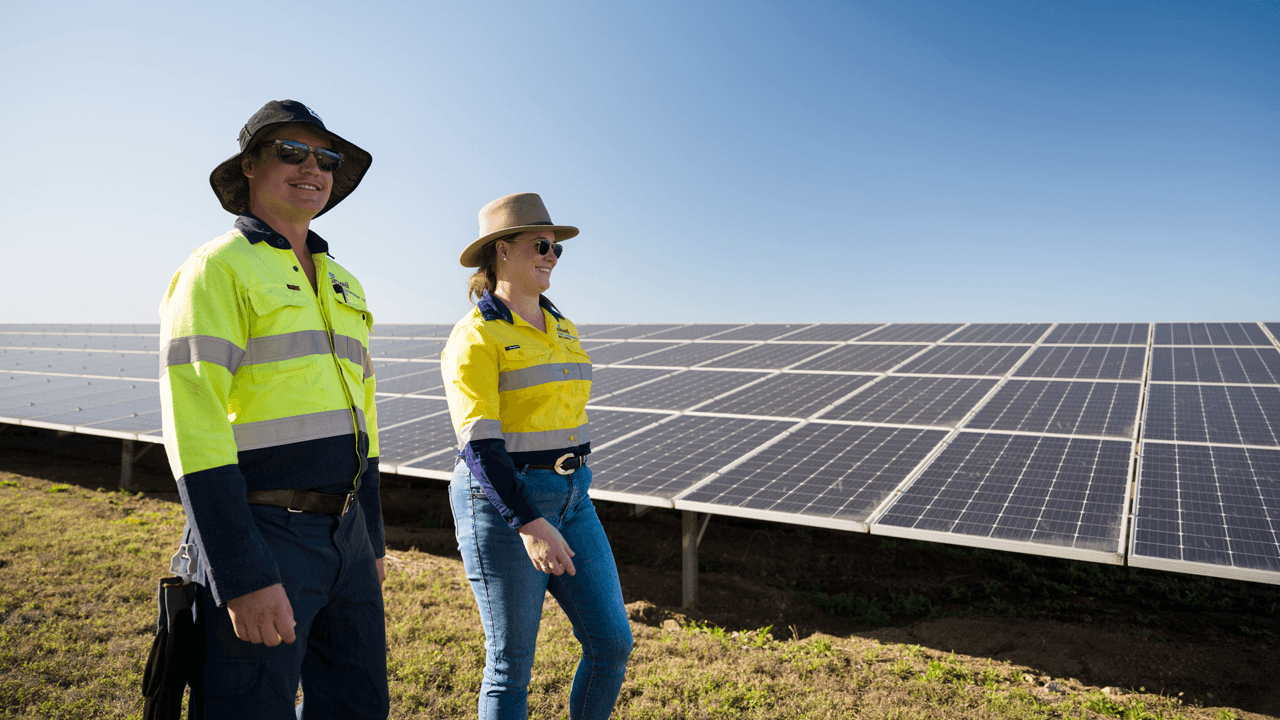
- Articles
- Energy jobs
- Asset Maintenance
- Wind power
Climbing higher: How SAMCo technicians are powering their future at Mount Millar
16 June 2025

At Stanwell, we’re expanding our energy mix to include firmed renewable solutions – and wind plays a central role. As part of our commitment to delivering affordable, reliable and sustainable energy, we’re investing in utility-scale wind projects that support Queensland’s future energy needs.
These projects form part of a broader strategy to build a geographically and technologically diverse portfolio, ready to meet the needs of today and tomorrow.
In 2024, wind energy represented 13.4% of Australia's energy supply - Clean Energy Council.

Wind turbines generate electricity by converting the natural motion of wind into mechanical power, then into electrical energy.
Each turbine has large, aerodynamic blades that spin when wind flows over them. These blades are connected to a rotor, which turns a generator housed in the nacelle, the structure at the top of the tower. Inside the generator, mechanical energy is converted into electricity through electromagnetic induction.
Yaw motors ensure turbines face into the wind, while pitch controls adjust the blade angles for optimal efficiency. The electricity is then passed through a transformer to increase its voltage, making it suitable for transmission via the grid.
Wind turbines are tall structures (between 130 and 160m on average but some are as tall 280m) as designed to access stronger, more consistent winds. They are typically grouped together in wind farms, which are located in open, elevated areas – such as farmland in hilly regions – to maximise performance.
Because wind is a variable energy source, it must be supported by firming solutions such as storage to help maintain a stable and secure electricity supply.
Did you know?
Wambo Wind Farm has the tallest wind turbines in Australia with a tip height of 247 meters.

16 June 2025

15 June 2025

15 June 2025
Stay up to date with quarterly news from Stanwell, delivered straight to your inbox. Learn more about our projects, partnerships and how we're delivering affordable, reliable and secure electricity for Queensland.